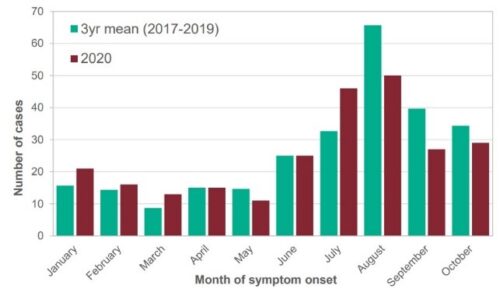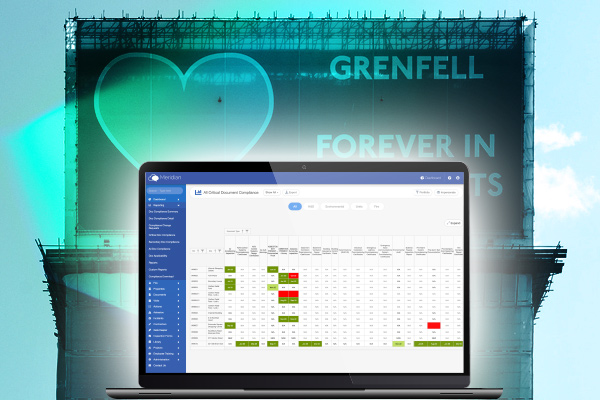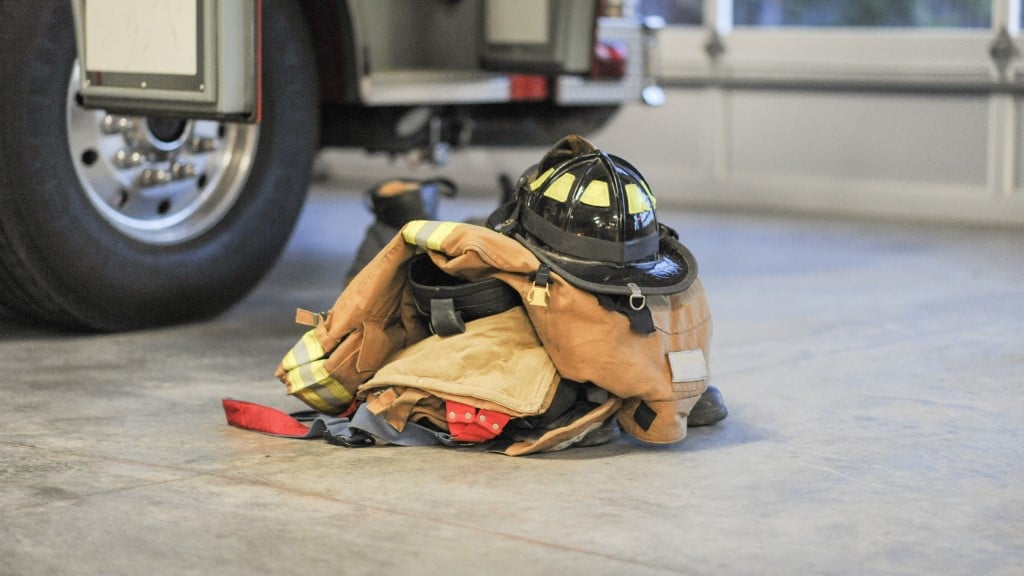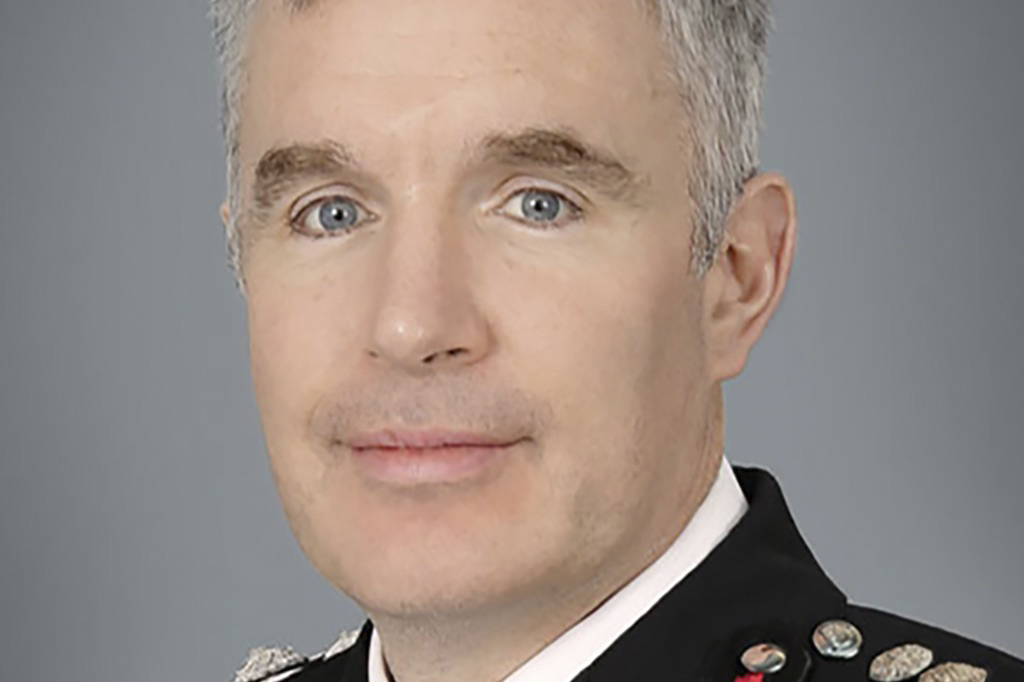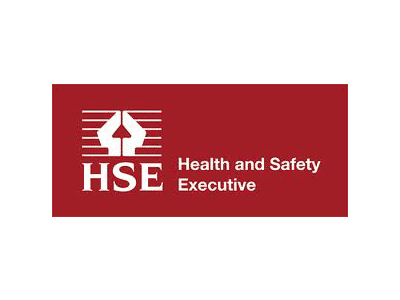October 31, 2024
As climate change becomes increasingly prominent in our modern world, businesses need to consider how it may affect health and safety. In recent years, there have been more and more links drawn between rising temperatures and the increased risk of Legionnaires’ disease.
Legionella bacteria, the causative organism of Legionnaires’ disease, needs certain factors in place to multiply, one of which is temperature (namely between 20 to 45°C). It is a ubiquitous organism, so is found in the natural environment such as rivers, streams and lakes where it is not normally a problem.
However, it is when it gets into engineered water systems where we tend to provide it with conditions to grow. As such, there is guidance from the Health and Safety Executive (HSE) for domestic hot and cold water systems which advises cold water temperatures to be below 20°C and hot water to be supplied at a minimum of 50°C (i.e. keep your hot water hot and your cold water cold).
